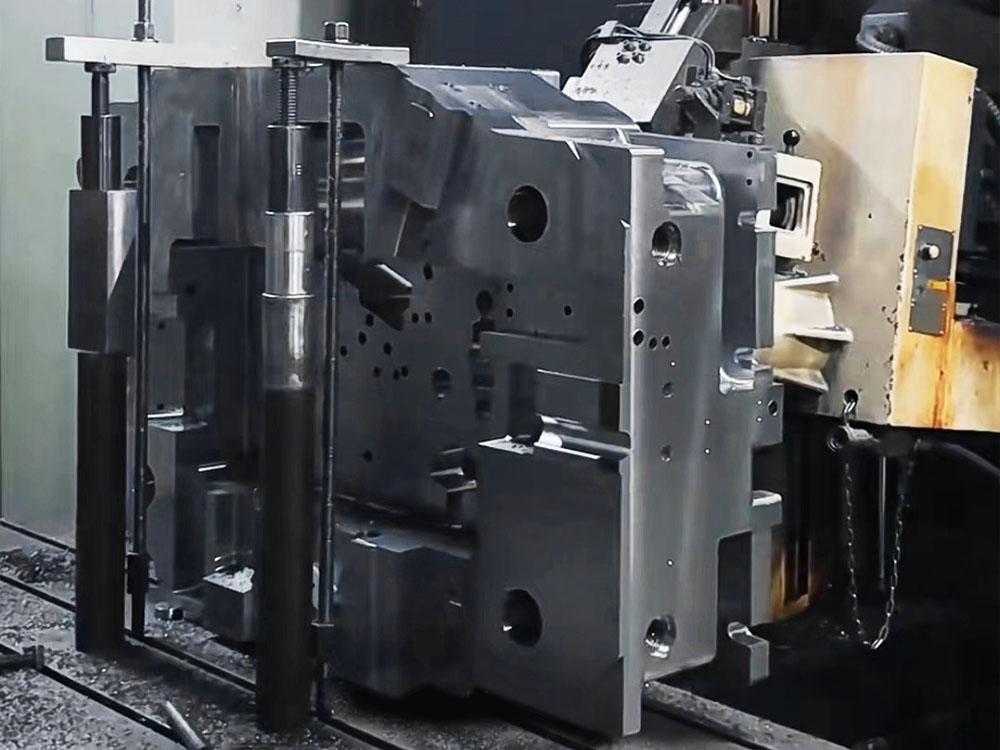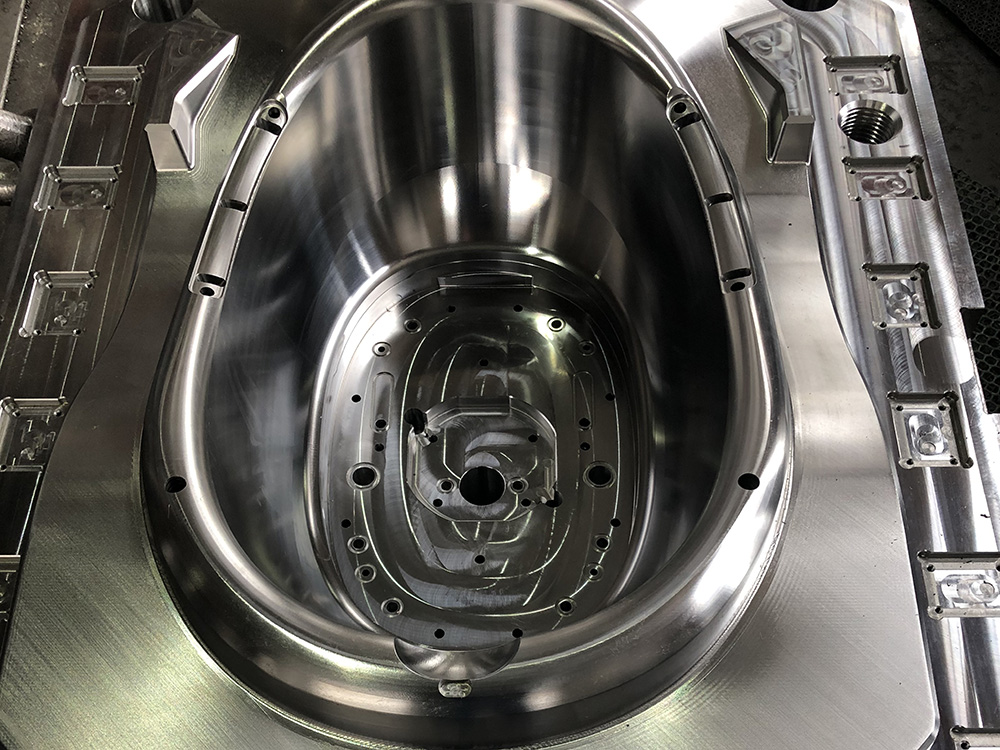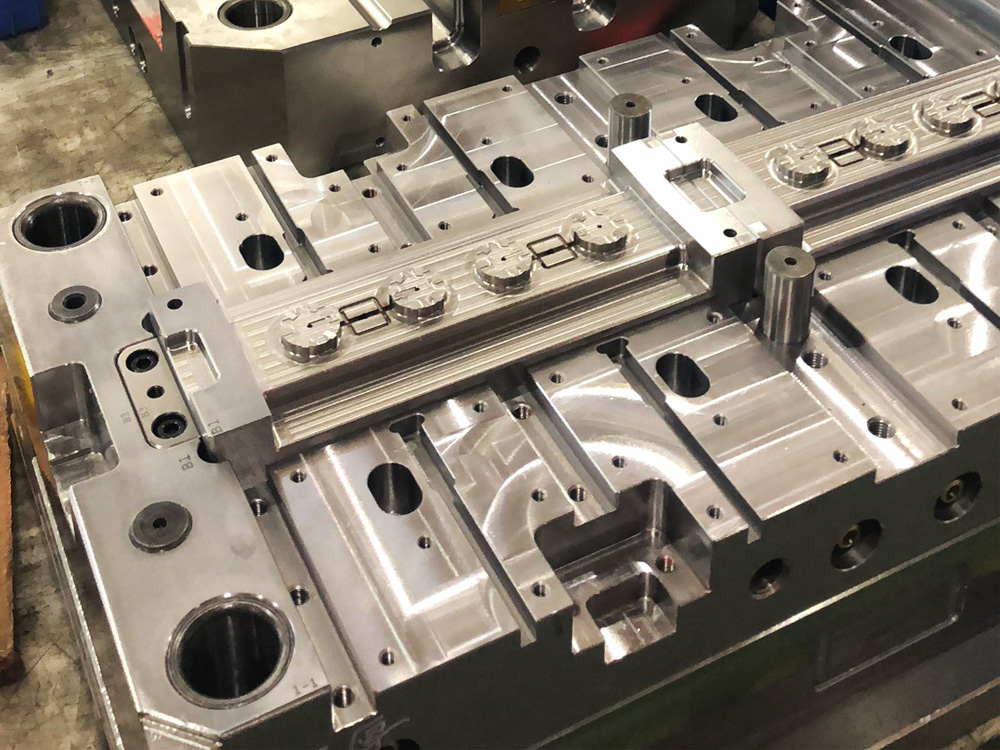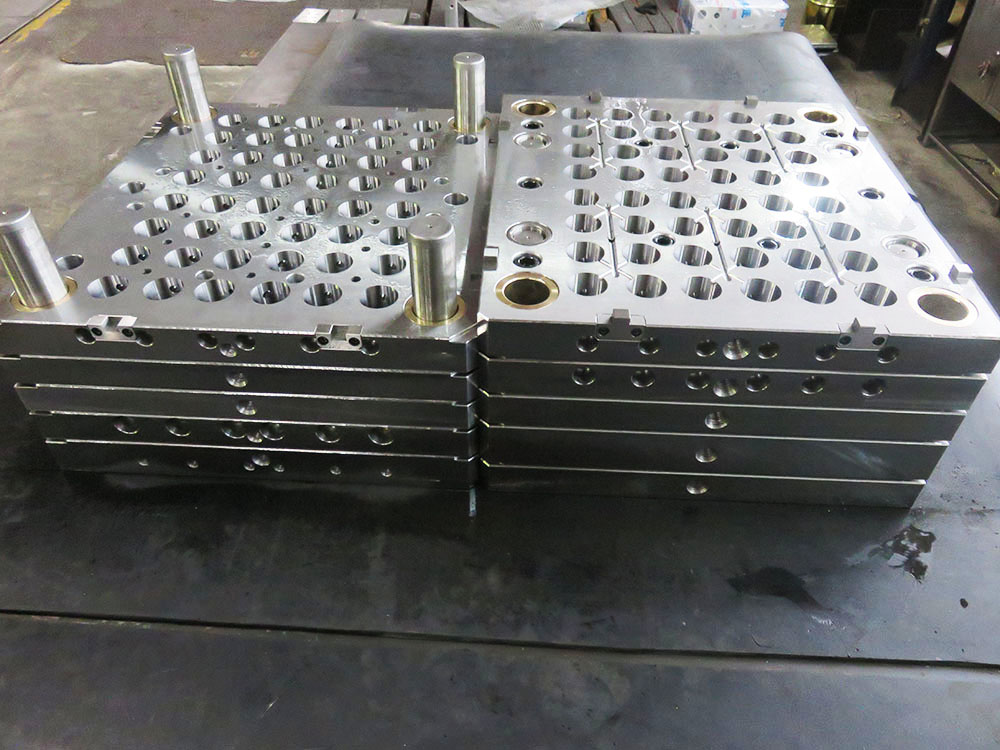How to Dismantle the Lower Die Frame of a Bending Machine
In the mold base industry, dismantling the lower die frame of a bending machine is a crucial part of maintenance and repair. This process requires precision and attention to detail to ensure the safe and efficient disassembly of the machine. In this article, we will outline the step-by-step procedure for dismantling the lower die frame of a bending machine.
Step 1: Preparation
Before beginning the dismantling process, it is important to ensure that the machine is turned off and all power sources are disconnected. Thoroughly clean the surrounding area to remove any debris or contaminants that may affect the disassembly process. Prepare the necessary tools and equipment, such as wrenches, screwdrivers, and lifting devices, to facilitate the dismantling procedure.
Step 2: Removing the Lower Die
The first step in dismantling the lower die frame is to remove the lower die from the machine. Begin by loosening the bolts that secure the lower die to the frame. Carefully lift the lower die using a suitable lifting device and place it in a designated storage area. Pay attention to the weight and dimensions of the lower die to ensure proper handling and avoid any damage.
Step 3: Detaching the Guide Rails
Next, detach the guide rails that hold the lower die frame in place. Using a wrench or suitable tool, remove the bolts or screws that secure the guide rails to the machine frame. Take note of the specific arrangement and orientation of the guide rails to ensure proper reassembly in the future.
Step 4: Disassembling the Lower Die Frame
Once the guide rails are detached, you can proceed to dismantle the lower die frame itself. Depending on the design and construction of the machine, this may involve removing additional bolts, screws, or clamps that hold the frame together. Carefully disassemble the frame, paying close attention to any interlocking or interconnected components. Keep track of the sequence of the disassembly process to aid in reassembly later.
Step 5: Cleaning and Inspection
After disassembling the lower die frame, it is essential to clean all components thoroughly. Remove any dirt, debris, or old lubricants from the frame and its parts. Inspect each component for signs of wear, damage, or misalignment. Make note of any repairs or replacements that may be necessary before reassembling the machine.
Step 6: Reassembly
Once the cleaning and inspection process is complete, you can begin reassembling the lower die frame. Follow the reverse order of the disassembly process, ensuring that all components are properly aligned and tightened according to the manufacturer's specifications. Use the appropriate tools and techniques to avoid over-tightening or damaging the components.
Step 7: Testing and Calibration
After reassembling the lower die frame, it is crucial to test the machine for functionality and accuracy. Run a test bending operation to ensure that the frame is properly aligned and the lower die functions smoothly. Make any necessary adjustments or calibration to ensure optimal performance.
Conclusion
Dismantling the lower die frame of a bending machine requires careful planning and execution. By following the outlined steps and maintaining a systematic approach, you can safely and efficiently dismantle the lower die frame. Remember to always refer to the manufacturer's instructions and guidelines to ensure the proper handling and maintenance of your specific bending machine.




